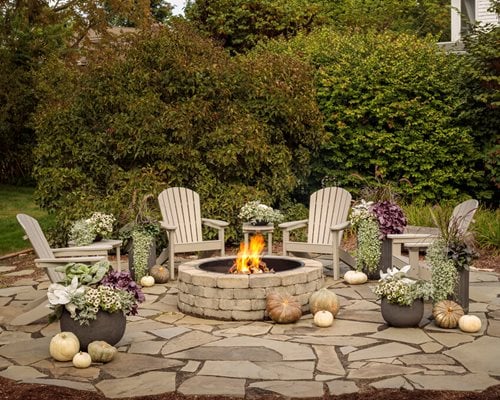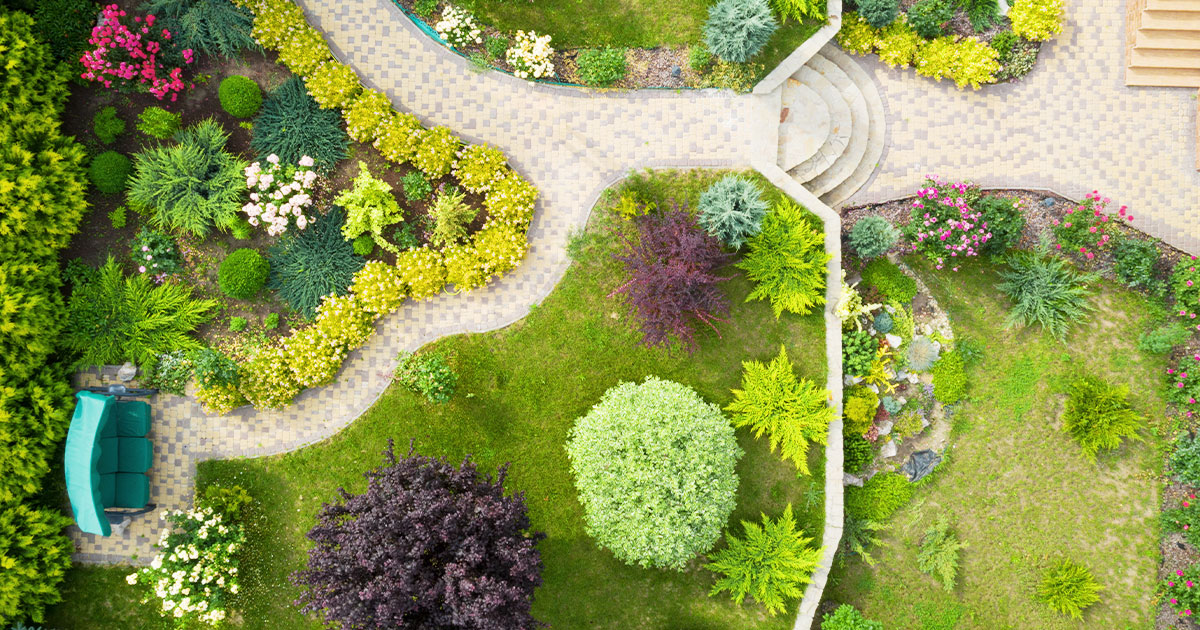Garten Design: Creating Beautiful Outdoor Spaces
Importance of Garden Design
Garden design plays a crucial role in how we interact with our outdoor spaces. A well-designed garden not only offers aesthetic value but also enhances functionality and contributes to our well-being. Whether you’re creating a serene retreat in your backyard or an inviting garden for gatherings, the right design can dramatically transform your environment. Engaging elements such as pathways, patios, and planting schemes can make each visit pleasurable and memorable, inviting you to reconnect with nature on many levels.
Elements of Effective Garden Design
Understanding the fundamental elements of garden design is essential. Key aspects include the careful selection of plants, creating balance through symmetry or asymmetry, and incorporating various textures and colors. For instance, by layering plants of different heights, you can create depth and interest, while a mix of colorful flowers can energize the space. Elements like water features or garden sculptures can also serve as focal points, guiding visitors through the landscape and providing stunning visual appeal.
Designing for Functionality
Another vital aspect of garden design is its functionality. Different areas of the garden can serve specific purposes, such as areas for planting vegetables, a seating space for relaxation, or pathways that guide visitors through the space. Consider your needs when designing your garden. For example, if entertaining guests is a priority, a patio area complete with comfortable seating and a fire pit—like the one shown in the image below—can transform your garden into a perfect gathering spot.

Creating a Dog-Friendly Garden
For pet lovers, incorporating your furry friends into your garden design adds a whole new layer of joy. **Dog-friendly gardens** require thoughtful planning to ensure both safety and enjoyment for pets. Consider durable and non-toxic plants that can withstand a playful pup’s antics. A mix of grassy areas for running and shaded spots with benches can create an inviting atmosphere for all members of the family, including your dogs.
Choosing Safe Plants
When designing a dog-friendly garden, it’s important to select plants that are safe for pets. Many beautiful flowers are harmful to dogs if ingested, so it’s crucial to research which are dog-friendly, such as sunflowers, marigolds, or lavender. Additionally, opt for turf materials or soft ground cover to protect your pet’s paws while playing. **Mulch** can also be used, but ensure to choose types that are safe and don’t pose a choking hazard.
Design Features for Dogs
Incorporate dog-friendly features in your garden design by adding elements like a designated play area. A fenced section with agility equipment can keep dogs entertained while allowing you to enjoy gardening without concern for their safety. Additionally, creating mulch paths can define areas while giving your dog space to roam freely without damaging delicate plants. A water feature like a small dog-friendly pond can also provide refreshments during the warmer months.

Integrating Outdoor Living Spaces
Creating outdoor living spaces is a significant aspect of modern garden design. Think beyond traditional gardening and consider how you can enhance your lifestyle outside. Setting up areas for dining, relaxing, or cooking can transform your garden into an extension of your home. **Outdoor kitchens, dining areas,** and lounge spaces all allow you to enjoy your garden year-round.
Outdoor Kitchen Ideas
Building an outdoor kitchen can significantly enhance your garden’s functionality. This space not only allows you to cook and entertain in a beautiful natural setting but can also rise to the occasion for large gatherings. Incorporating elements like a grill, countertop space, and a sink can make meal prep easier and more enjoyable. Make sure to design an outdoor kitchen that blends harmoniously with your garden aesthetic, using natural materials that complement the landscape.
Creating a Relaxation Zone
A designated relaxation zone in your garden is ideal for unwinding after a long day. Consider comfortable furniture arranged around fire pits or water features to create a peaceful retreat. Natural shades, provided by tall plants or pergolas, can enhance this space, making it inviting and shielding you from harsh sunlight during the day. Elements such as outdoor rugs and pillows can further define this space, making it cozy for lounging or enjoying conversations.
Sustainable Garden Design Practices
Sustainability is an increasingly important consideration in garden design. Choosing plants that are native to your area can enhance local biodiversity and require less maintenance. Implementing rain gardens and utilizing recycled materials in your landscaping can also create an eco-friendly space. By prioritizing sustainable practices, you not only contribute to a healthier environment but create a garden that can thrive over the long term.
Utilizing Native Plants
Native plants are a crucial aspect of sustainable garden design. They require significantly less water and care compared to non-native varieties, making them ideal for various climates. By incorporating native plants, you can attract local wildlife, such as butterflies and birds, contributing to biodiversity. Moreover, using native species means less impact on the local ecosystem, fostering a balanced environment.
Water Conservation Techniques
Implementing water conservation techniques in your garden is essential for sustainability. Techniques like drip irrigation and rainwater harvesting can significantly reduce water usage. Additionally, incorporating permeable materials for paths and patios allows rainwater to permeate into the soil, helping to nourish plants and reduce runoff. These practices ensure you’re taking care of the environment while also benefiting the health of your garden.
Key Takeaways
- Consider the importance of effective garden design for improved aesthetics and functionality.
- For pet owners, choose dog-friendly plants and create safe spaces.
- Design areas for outdoor living to enhance functionality while enjoying nature.
- Practice sustainability by choosing native plants and implementing water-saving techniques.
FAQ
1. What are the best plants for a dog-friendly garden?
Some of the best plants for a dog-friendly garden include sunflowers, marigolds, and lavender. These flowers are aesthetically pleasing, safe for pets, and can withstand some of their playful behavior, making them ideal choices for your garden. Choosing non-toxic plants is crucial to ensure the health and safety of your furry companions.
2. How can I design a garden for outdoor entertaining?
To create a garden suited for outdoor entertaining, consider integrating an outdoor kitchen with a grill and seating area. Add a fire pit for cozy evenings and ensure there’s ample seating for guests. Use lighting features to enhance ambiance, and incorporate flowers and plants that create a welcoming environment.
3. What are some sustainable practices I can adopt for my garden?
Some sustainable practices include selecting native plants, implementing drip irrigation, and establishing rain gardens. Utilizing mulch and creating compost can also reduce waste and enhance soil health. These practices help conserve resources while promoting biodiversity within your garden.
4. What is the importance of balance in garden design?
Balance is vital in garden design, as it creates visual stability and harmony in the landscape. Achieving balance can involve symmetry, where parts of the garden mirror each other, or asymmetry, where different elements complement each other without being identical. Both approaches can enhance aesthetic appeal and flow within the garden space.
5. How can I incorporate water features into my garden?
Incorporating water features can add tranquility and visual interest to your garden. Options include ponds, fountains, or even a small waterfall. Ensure the design aligns with the overall garden theme, and consider the maintenance required to keep it attractive and functional. Water plants around these features can also enhance the overall aesthetic.
